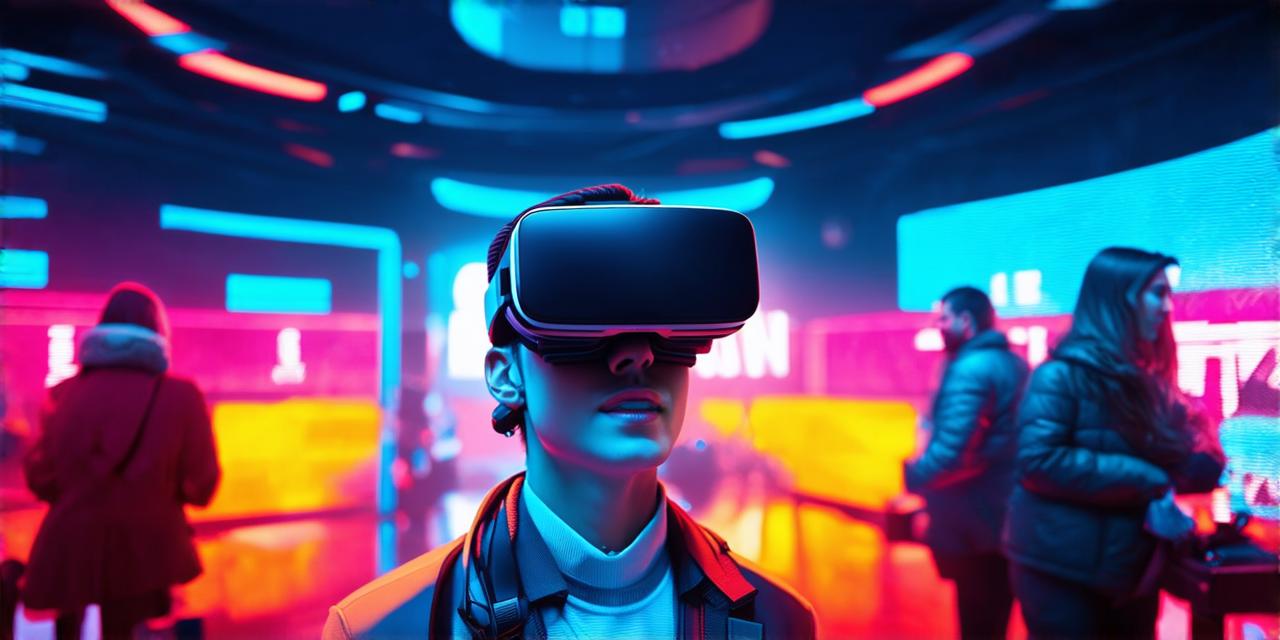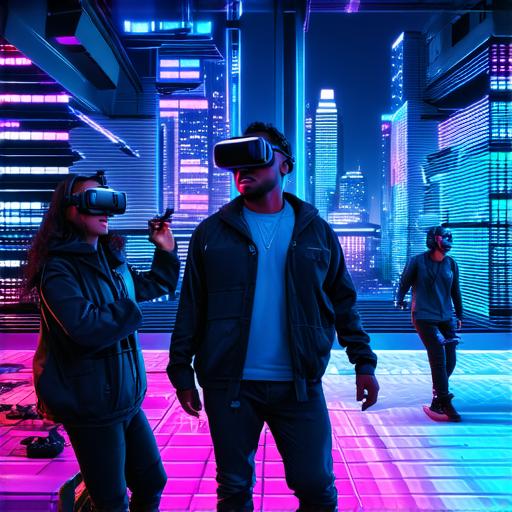
Is virtual reality technology real and available?
Virtual reality (VR) technology has been around for several years now, but it’s only in recent times that we have seen significant advancements in the field. With the rise of smartphones and other mobile devices, VR has become more accessible to a wider audience, making it possible for people to experience immersive virtual environments from the comfort of their own homes.
What is Virtual Reality Technology?
Virtual reality technology involves creating a simulated environment that can be experienced as if it were real. It achieves this by using various devices, including headsets, sensors, and controllers, to track the movements of the user and adjust the virtual environment accordingly. This allows the user to feel like they are in a different world, interacting with objects and characters in ways that would be impossible in the real world.
The Evolution of Virtual Reality Technology
Virtual reality technology has come a long way since its inception in the 1960s. Early VR systems were bulky and expensive, requiring a large amount of computing power to generate realistic graphics. However, with advancements in hardware and software, we have seen a significant reduction in cost and complexity, making VR technology more accessible to a wider audience.
Virtual Reality Applications
Virtual reality technology has a wide range of potential applications across various industries. One of the most well-known applications is in gaming, where VR systems allow players to fully immerse themselves in a game world, experiencing it as if they were physically present. Other applications include training and simulation, education, therapy, and design.
Is Virtual Reality Technology Real and Available?
Virtual reality technology is very much real and available for developers. There are several VR development tools and platforms available that allow developers to create VR experiences for various devices, including the Oculus Rift, HTC Vive, PlayStation VR, and Samsung Gear VR. These platforms provide a range of features and tools that make it easy for developers to create immersive and engaging VR experiences.
The Future of Virtual Reality Technology
The future of virtual reality technology looks promising, with new advancements being made all the time. One of the most exciting developments is the integration of augmented reality (AR) technology into VR systems. AR allows users to interact with virtual objects in the real world, making it possible to create more immersive and interactive experiences.
The Future of Virtual Reality Technology
Another development that is likely to have a significant impact on the future of VR technology is the release of standalone VR headsets. These devices do not require a separate computer or console to function, making them more accessible and convenient for users. Standalone VR headsets are expected to become increasingly popular in the coming years, as they eliminate the need for expensive hardware and complex setup processes.
Virtual Reality in Healthcare

Virtual reality technology is also being used in healthcare to treat a variety of conditions. For example, it can be used to simulate surgical procedures, allowing doctors to practice in a safe environment before performing the procedure on a patient.